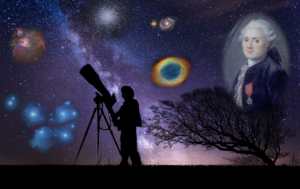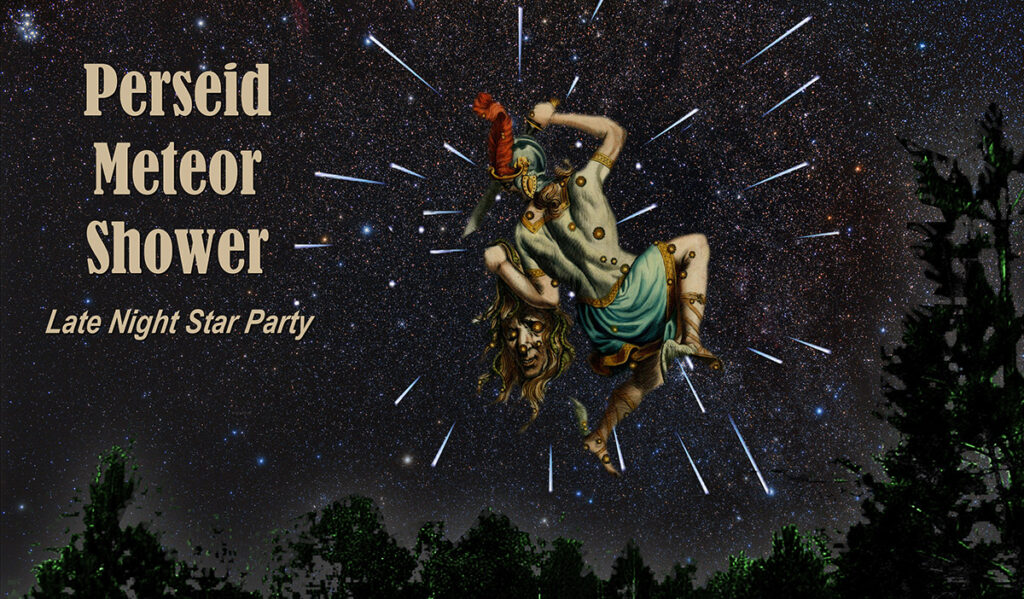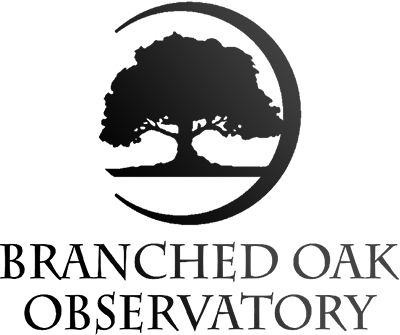
Event Category – General Public Event
The 3rd Annual Messier Marathon at Branched Oak Observatory is Here!
Button up your winter coat and fill up your Stanley Cup with strong coffee; the Third Annual Messier Marathon is HERE!
Sure, you may have seen the Orion Nebula (M42) or the Andromeda Galaxy (M31), and even a handful of other beautiful “Messier Objects,” but what about the ENTIRE catalog of 110 deep-space wonders? We are going to give it a try and do so ALL in ONE evening! Are we crazy? Well, we are astronomers, so you be the judge. No… we probably won’t see them all, but we can do our best.
Join us on Saturday March 9th – Sunday March 10th, for just a few hours or for the ENTIRE evening, and you are guaranteed to see a bevy of galaxies, nebulae, and star clusters.
This event, like all of our General Public events, is FREE of charge and open to anyone interested in the night sky. Although NOT necessary, you are certainly welcome (and encouraged) to bring binoculars or a telescope (or just use ours). A comfortable chair, blanket, and pillow are suggested as well.
-No Cost / No Registration. A suggested donation of $5 per person is appreciated.
-Open to Everyone
-Arrive Anytime Between 6:30 PM on Saturday and 7:00 AM on Sun. Stay for the Entire Event or As Long As You Want
-No Park Permit Required
-No Telescope Needed (You are, however, welcome to bring your own equipment)
-Our Location: Branched Oak Observatory is located near, but not inside, the Branched Oak Lake and Recreation Area. See here for a Google Map location of Branched Oak Observatory-
https://tinyurl.com/BOO-Location-MapWe hope to see you there!
A Quick Background On the Messier Catalog and Messier Marathons
Between the years of 1760 and 1781, French astronomer and “comet-hunter,” Charles Messier (pronounced mess-ē-ā), produced a list of 103 “fuzzy objects” in the sky. His catalog was created so he and other comet-hunters could differentiate between permanent celestial objects and the transient phenomena for which they were searching. Messier observed the skies through a 4” telescope from the middle of Paris, France, so his list was somewhat limited to only brighter objects and to only certain parts of the celestial sphere. Between 1921 and 1966, historians found evidence for seven additional objects that Messier (or his assistant) had collected but did not have a chance to append the master list. These objects have since been added to the official catalog bringing the total number to 110. The Messier Catalog is composed of 56 Open and Globular Star Clusters, 40 galaxies, 11 Nebulae, 1 Double Star, 1 Asterism (a star pattern), and 1 “object” that is in fact a particularly dense patch of stars in the Milky Way. Although there are far larger and more complete catalogs available to astronomers, the Messier Catalog can be thought of as “the best and brightest” deep space objects visible in the northern hemisphere.
Each year, between mid-March and early April, there is a “window of opportunity” to view nearly all 110 Messier objects in a single evening starting at sunset and ending at sunrise the following day. This year, because of the phase of the Moon and a busy weekend in early April, the weekend of March 9th is going to be best.
You can attend for just a few hours or go all night if you would like. Whatever you decide, it will be an amazing experience.
Confirmed BOO Volunteers For the Evening:
Michael Sibbernsen (Guest Relations, ESSMO Observations)
Carol Wells (set-up / early evening only)
Holly Hladik (Guest Relations)
David Dickinson (Guest Relations and eVscope Observations)
Matt Anderson (Guest Relations and Parking)
Bob Kacvinsky from PAC (Telescope Observations)
Jeremy and Chantelli Bower (Photography and Telescope Observations)
Additional BOO Volunteers are encouraged to join if available.
Volunteers: please check back here (as well as your messages) for event confirmation, cancelation, or postponement announcements.





